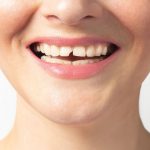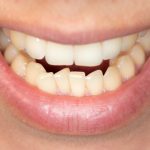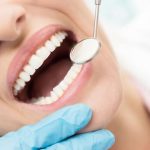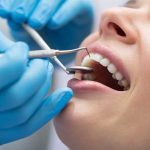Teeth Shifting: How Long Does It Take and What You Need to Know

Teeth shifting is a natural occurrence that happens to most people over time. It can be caused by a variety of factors, such as age, genetics, and lifestyle habits. While some mild shifting may not be cause for concern, more significant movement can lead to oral health issues and a less-than-ideal smile. Understanding the causes and potential consequences of teeth shifting can help you take steps to prevent it or seek treatment if necessary. If you’ve noticed that your teeth are shifting, you may be wondering how long it will take and what you can do about it. The answer to these questions depends on a variety of factors, including the extent of the shifting, the cause of the movement, and your overall oral health. In this article, we’ll explore the different types of teeth shifting, what causes them, and how long it typically takes for teeth to shift. We’ll also discuss what you need to know about teeth shifting and how you can prevent or treat it.
Teeth shifting is a natural process that occurs throughout a person’s life, but it can also be caused by a variety of factors such as trauma, age, and orthodontic treatment. When teeth shift, they can cause discomfort, affect the bite, and even lead to gum disease. The process of teeth shifting is gradual and can take months or even years to become noticeable. However, it is important to note that the speed and extent of teeth shifting can be influenced by several factors such as genetics, oral hygiene, and lifestyle habits. Regular dental checkups and proper oral care can help prevent teeth from shifting and ensure optimal dental health.
Teeth shifting is a common dental problem that can occur due to various reasons. One of the main causes of teeth shifting is aging. As we age, our teeth tend to shift naturally, mainly due to the weakening of the ligaments that hold them in place. Another common cause of teeth shifting is poor dental hygiene. Inadequate brushing and flossing can lead to the buildup of plaque and tartar, which can push the teeth out of alignment. Other factors that contribute to teeth shifting include tooth loss, jaw misalignment, and even certain medical conditions like gum disease and osteoporosis. Additionally, habits such as thumb-sucking, nail-biting, and teeth grinding can put pressure on the teeth, causing them to shift out of position over time. To prevent teeth shifting, it’s essential to maintain proper oral hygiene and seek regular dental checkups.
Factors that Affect Teeth Shifting
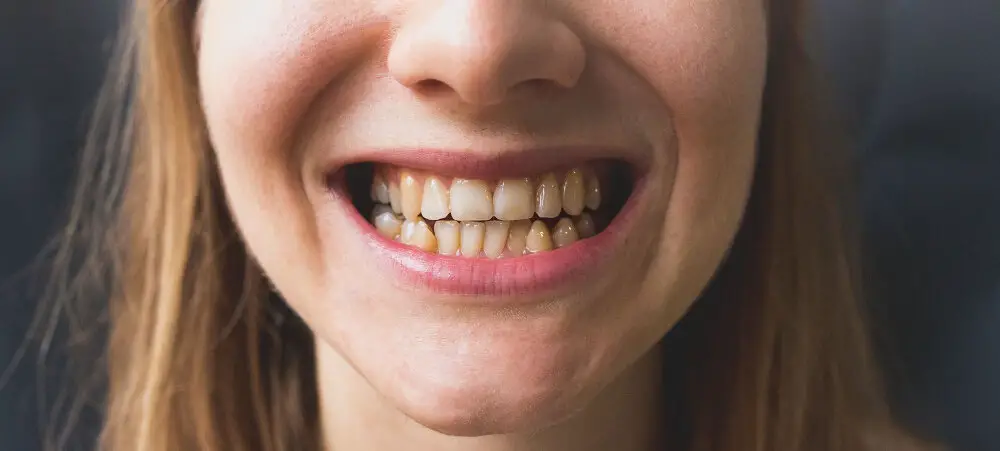
Teeth shifting is a common problem that many people face. There are several factors that can affect teeth shifting, including age, genetics, and the use of orthodontic appliances. As we age, our teeth tend to shift naturally due to changes in the bone structure and soft tissues in our mouths. This can lead to gaps between teeth, overcrowding, and other issues. Additionally, genetics can play a role in teeth shifting. Some people may be more prone to this problem due to inherited traits that affect their jaw structure or tooth alignment. Finally, the use of orthodontic appliances like braces or retainers can also affect teeth shifting. These devices apply pressure to the teeth to move them into the desired position, but if they are not used correctly or are removed too soon, teeth can shift back to their original position. Other factors that can contribute to teeth shifting include poor dental hygiene, tooth loss, and oral habits like nail-biting or teeth grinding. Poor dental hygiene can lead to gum disease and bone loss, which can cause teeth to shift. Tooth loss can also affect the alignment of surrounding teeth, leading to shifting. Finally, oral habits like nail-biting or teeth grinding can put pressure on the teeth and cause them to shift over time. It’s important to address any of these factors to prevent or minimize teeth shifting. Regular dental check-ups and good oral hygiene are key to maintaining healthy teeth and preventing shifting.
Age is an important factor in teeth shifting. As we age, our teeth naturally shift due to various reasons such as bone loss, gum disease, and wear and tear. This can cause the teeth to become misaligned or crooked, leading to discomfort and cosmetic concerns. Additionally, older adults may have had previous dental work or orthodontic treatment that can impact the stability of their teeth. It is important to maintain good oral hygiene habits and visit the dentist regularly as we age to ensure that our teeth remain healthy and stable. If teeth shifting does occur, there are options such as braces, retainers, or dental implants that can help correct the issue.
Genetics plays a significant role in the development of teeth, including their position and alignment. Inheriting certain genes from parents can lead to overcrowding or misalignment of teeth, which can ultimately result in shifting over time. Additionally, genetic factors may influence the strength and health of teeth, making them more or less prone to movement. While genetics can certainly impact dental health, it’s important to note that environmental factors such as diet and oral hygiene also play a crucial role in maintaining optimal dental health and preventing tooth shifting. It’s always a good idea to consult with a dental professional to assess your individual risk factors and develop a personalized dental care plan.
Oral habits refer to actions that people perform with their mouth, teeth, and tongue that can either be beneficial or harmful to their oral health. Some common oral habits include biting nails, clenching or grinding teeth, chewing on pens or pencils, and smoking. These habits can cause teeth to shift over time, resulting in misalignment and other dental problems. One of the most effective ways to prevent teeth shifting due to oral habits is to identify and break these habits. This can be done through behavioral therapy, stress management, and other techniques that help people become more aware of their oral habits and replace them with healthier alternatives.
Retention is a crucial aspect of preventing teeth from shifting back to their original position after undergoing orthodontic treatment. It involves the use of retainers, which are custom-made devices that fit over the teeth to hold them in their new position. Retention may last for several years, depending on the severity of the initial orthodontic problem and the age of the patient. During this period, it is important to wear the retainers as instructed by the orthodontist and attend regular follow-up appointments to monitor the progress. Neglecting retention can result in relapse, where the teeth gradually shift back to their original position, thereby undoing all the progress made during the orthodontic treatment. Therefore, retention is an essential part of achieving a beautiful and healthy smile that lasts a lifetime.
Trauma can cause teeth to shift, and it can happen suddenly or gradually over time. Traumatic injuries to the mouth or face, such as a fall, sports injury, or car accident, can cause teeth to move out of their original position. The severity of the trauma and the extent of the damage to the teeth and surrounding structures can determine how quickly and how much the teeth will shift. In some cases, the teeth may shift immediately, while in others, the movement may be more subtle and take weeks or months to become noticeable. It is essential to seek prompt medical attention after any traumatic injury to the mouth to prevent further damage and ensure proper healing.
How Long Does Teeth Shifting Take?
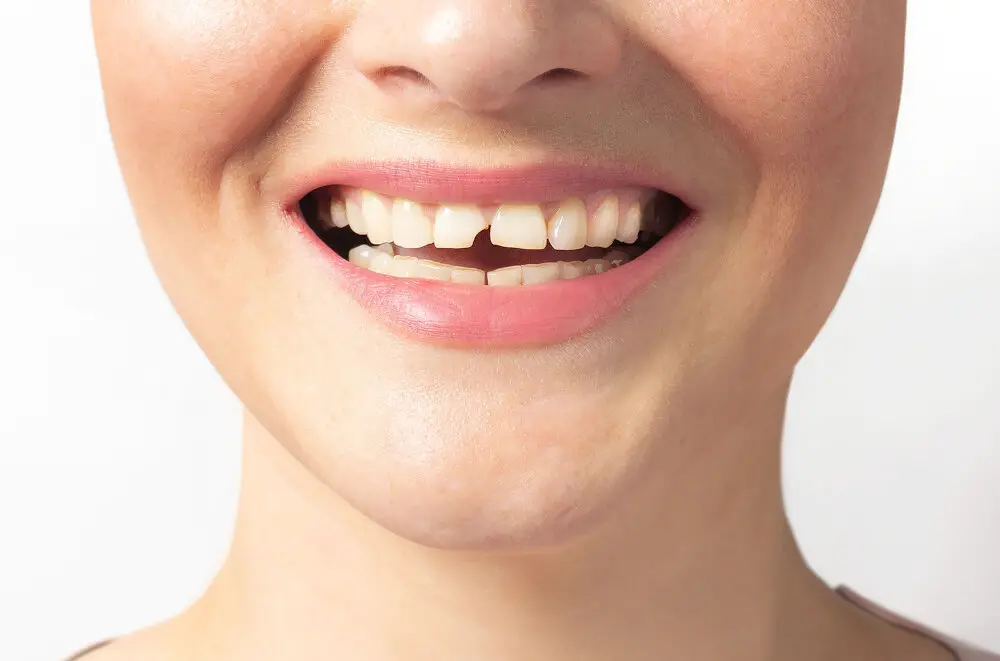
Teeth shifting is a common dental issue that can occur due to various reasons, such as genetics, trauma, or improper dental care. The duration of teeth shifting depends on the severity of the problem. Mild teeth shifting can be rectified within a few months, while more severe cases may take longer. The process can be accelerated by wearing braces or using clear aligners, which can help shift teeth into their proper positions. The overall duration of treatment can vary from a few months to a few years, depending on the individual’s specific situation. It is essential to understand that teeth shifting is a gradual process that requires patience and consistent effort. Depending on the degree of dental shifting, some discomfort or soreness may occur, especially during the initial stages of treatment. However, with proper care and regular check-ups with a dentist or orthodontist, teeth shifting can be managed effectively. In some cases, teeth shifting may occur naturally, such as during childhood or adolescence. However, if the problem persists, seeking professional dental care can help prevent further complications and ensure a healthy, beautiful smile for years to come.
The duration of orthodontic treatment can vary greatly depending on the individual’s specific case. Factors such as the severity of the misalignment, the age of the patient, and the type of treatment being used can all play a role in determining how long the process will take. In some cases, treatment may only take a few months, while in others it may take several years. It’s important to remember that orthodontic treatment is a gradual process that requires patience and consistency. While the length of treatment may seem daunting, the end result of a beautiful and healthy smile is well worth the investment of time and effort.
Posttreatment retention is a crucial phase after orthodontic treatment that ensures the teeth retain their new position. During this phase, patients are required to wear retainers to prevent the teeth from shifting back to their original position. The duration of posttreatment retention varies depending on the individual case, but it typically lasts for several months to a year or more. It is important to follow the orthodontist’s instructions regarding the use of retainers to achieve the best results. Neglecting to wear retainers can lead to teeth shifting, which can compromise the outcome of the treatment. Therefore, posttreatment retention must not be taken lightly, and patients should commit to wearing their retainers as instructed to maintain their beautiful new smile.
The natural aging process affects various parts of our body, including our teeth. As we age, our teeth tend to shift due to various factors such as loss of bone density, gum recession, and wear and tear of the teeth. These changes can cause the teeth to become crowded, misaligned, or even shift out of place. Additionally, as we age, our teeth may become more vulnerable to decay and damage, which can further impact their alignment and position. Therefore, it is essential to maintain good oral hygiene and seek regular dental checkups to prevent teeth shifting and other dental problems associated with aging.
What You Need to Know About Teeth Shifting

Teeth shifting is a natural process that occurs throughout a person’s life, but it can also be caused by various factors such as age, genetics, and oral habits. This phenomenon is characterized by the gradual movement of teeth from their original position, which can lead to a variety of dental problems. One of the most common causes of teeth shifting is the loss of teeth due to decay or injury. When a tooth is lost, the surrounding teeth may shift to fill in the gap, resulting in misalignment or crowding. Additionally, poor oral hygiene, gum disease, and teeth grinding can also contribute to teeth shifting over time. Therefore, it is crucial to maintain good dental hygiene and visit your dentist regularly to prevent tooth loss and other oral health issues that can lead to teeth shifting. Various treatment options are available to correct teeth shifting, depending on the severity of the issue. In mild cases, dental appliances such as braces or retainers can be used to realign teeth gradually. However, if teeth shifting is severe, surgery may be necessary to reposition the teeth. It is essential to consult with a qualified dental professional to determine the best treatment plan for your specific needs. Additionally, maintaining good oral hygiene and adopting healthy oral habits, such as avoiding teeth grinding, can help prevent teeth shifting from occurring in the first place. By taking these steps, you can maintain a healthy and beautiful smile for years to come.
Wearing retainers is a crucial aspect of maintaining a straight and healthy smile after undergoing orthodontic treatment. Retainers are custom-made devices designed to hold teeth in their new position and prevent them from shifting back to their previous alignment. Neglecting to wear retainers can result in teeth shifting, which can cause a range of dental problems, including overcrowding, bite issues, and even tooth loss. Retainers should be worn as instructed by your orthodontist, typically for several months to a year after braces are removed. Consistent use of retainers can help ensure that your teeth stay in their proper position and that you maintain a beautiful, healthy smile for years to come.
Regular dental checkups are an essential part of maintaining healthy teeth and preventing any dental problems from developing. These checkups involve a thorough examination of the teeth, gums, and mouth to ensure that everything is in good condition. Dentists can detect any potential issues and provide early intervention to prevent them from getting worse. This includes monitoring teeth shifting, which can occur due to various reasons, such as age, injury, or poor oral hygiene. Regular checkups can help identify any shifting in its early stages, allowing for prompt treatment and preventing further complications. It is recommended to schedule a dental checkup every six months to maintain optimal oral health.
Early intervention for shifting teeth is crucial in preventing more significant dental problems from arising. When teeth begin to shift, it can be an indication of an underlying issue, such as gum disease or a misaligned bite. If left untreated, the shifting can result in tooth decay, gum recession, and even tooth loss. To prevent these issues, it’s important to seek treatment as soon as possible. This can include orthodontic treatment to correct misaligned teeth or periodontal treatment to address gum disease. In some cases, early intervention can even prevent the need for more invasive treatments later on. So, if you notice your teeth shifting, make sure to schedule an appointment with your dentist or orthodontist right away.
When it comes to treating shifting teeth, there are several options available depending on the severity of the issue. For mild cases, simple lifestyle changes such as wearing a mouthguard at night or maintaining good oral hygiene can help prevent further shifting. However, if the teeth have already shifted significantly, orthodontic treatments such as braces, aligners or retainers may be necessary. In some cases, tooth extraction or surgery may also be required to correct the alignment of the teeth. It is important to consult a dental professional who can assess the extent of the shifting and provide the most appropriate treatment plan.
Understanding teeth shifting is crucial for maintaining good oral health and preventing dental problems. Teeth shifting can occur due to various factors, such as aging, genetics, gum disease, trauma, and improper dental care. When teeth shift, it can lead to bite problems, overcrowding, crooked teeth, and even speech difficulties. In addition, teeth shifting can cause jaw pain, headaches, and discomfort while eating or speaking. Therefore, it is important to be aware of the signs of teeth shifting and seek prompt dental care if you notice any changes in your bite or teeth alignment. Regular dental check-ups, proper oral hygiene, and wearing dental appliances can also help prevent teeth shifting and maintain a healthy, beautiful smile.
In conclusion, teeth shifting is a natural process that occurs throughout life. It can be caused by various factors such as age, genetics, and oral habits. The duration of teeth shifting varies depending on the individual’s circumstances, but it usually takes several months to a few years to complete. It is essential to consult with a dentist or orthodontist if you are experiencing teeth shifting to determine the underlying cause and the appropriate treatment plan. Maintaining good oral hygiene and wearing a retainer as directed can also help prevent teeth from shifting. Lastly, it’s important to note that while teeth shifting is a normal process, significant or sudden shifts may indicate a more severe underlying issue and should be promptly addressed by a dental professional.
Conclusion
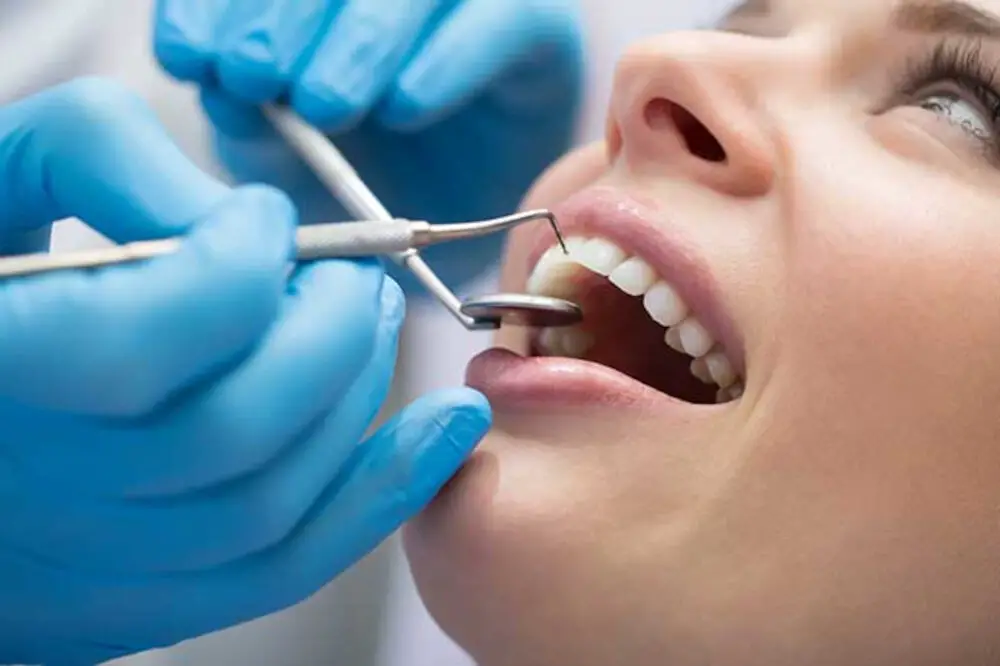
In conclusion, teeth shifting is a natural process that can occur due to various reasons such as aging, injury, or dental treatment. The length of time it takes for teeth to shift depends on individual factors such as age, the extent of shifting, and the type of treatment used to correct the issue. It is important to note that teeth shifting can cause discomfort and affect the way you chew and speak. Therefore, it is crucial to seek professional dental advice if you notice any significant changes in your teeth alignment. With proper care and management, teeth shifting can be addressed and treated effectively, restoring your beautiful and healthy smile.
